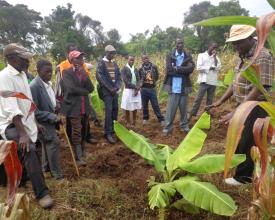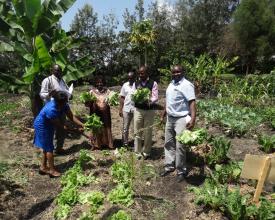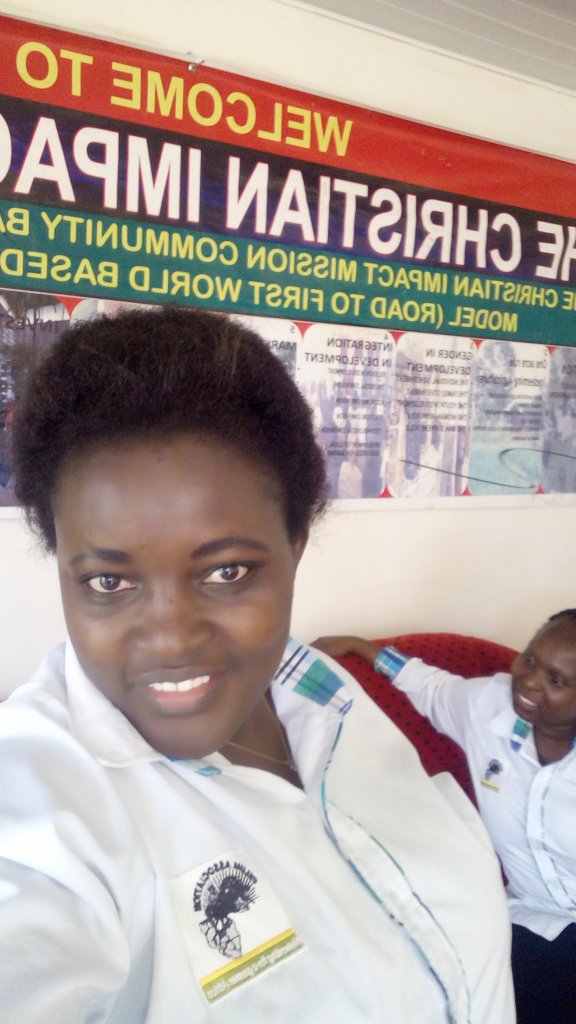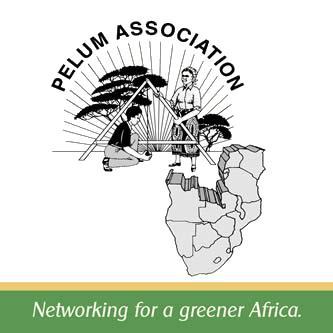
Decentralizing Networking for Impact in PELUM Kenya Network
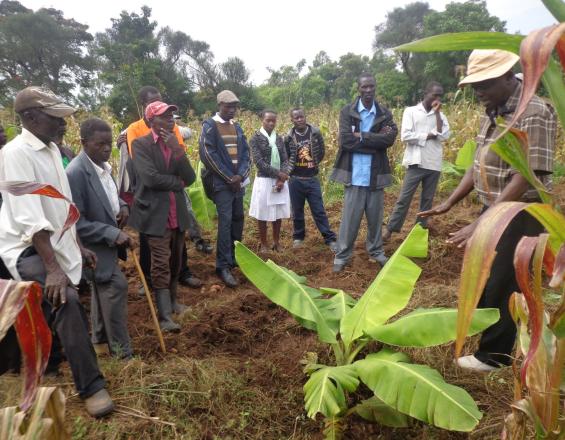
In 2010, Kenya passed a new constitution which resulted in to devolvement of government and the establishment of County Governments. In line with this change, PELUM Kenya reviewed its networking in 2015 and resulted in to the establishemnt of six networking zones. The networking zones included: Central/Nairobi Zone, Lower Eastern and Coastal Zone, Upper Eastern and Northern Kenya Zone, Central Rift Valley Zone, Western Zone and Nyanza Zone. This included clustering of PELUM Kenya Member Organizations (MO) in those six networking zones with a view of enhancing horizontal learning. The zonal networking was also designed to enhance grassroot networking among member organizations and this included recruitment of six Zonal Networking Coordinators who would coordinate the networking initiatives in those zones. Further, PELUM Kenya management and governance realized that it would be more impactful for the network to grow from the bottom without neccessarily having a heavy secretariat.
Contexto
Défis à relever
PELUM Kenya zonation process is still at early stages and some of the member organizations may still be grappling with its understanding
Limited funding to support zonal networking
Ubicación
Procesar
Summary of the process
Clustering member organizations within one zone creates room for members in the zone to implemnet joint zonal activities amongst themselves. This promotes cross learning, makes the network relevant and reaches out to the needs of the members in a fair manner. Joint zonal activities are important in improving horizontal networking and also increasing PELUM Kenya visibility in different Counties. MOs and farmers within and outside the zones are able to enhance cross learning enhances results in the fields of agroecology.
Building Blocks
Clustering member organizations from one region in one zone
The decentralised zonal networking operates in such a manner that member organizations from a certain geographical region are clustered together in one zone. This brings together members who are experiencing similar challenges based on their geographical locations together.
The members are able to engage in decision making process and representation in various initiative in the national network is based on zonal representation and decisions
Members in the same zone are therefore able to meet more in a cost effective manner as limited time and resources is require to engage a fellow member organization in the same zone
The members in a certain zone are also able to engage in joint advocacy initiatives in their various regions
Enabling factors
By clustering members in a certain geographical region, the members are able to know each other, interact more and engage in activities that enhance learning and sharing amongst themselves
Participatory processes that engage the zonal emmbers: Various zones are given the mandate to make decisions that involve the zone and are also represented in various intitiaves by the national secretariats
Lesson learned
There is need to encourage zonal members in decision making for ownership and sustaiability purposes
Upscaling agroecological practices through joint networking
The various zones engage in joint zonal networking activities such as having joint learning and sharing forums, joint farmer exchange visits, joint exhibitions, joint proposal writing and implementation among others. This enhances learning and sharing amongst the network members as this provides an opportunity to interact. Through the zonal initiative, members are able to apply for consortium funds are this enhances their level of winning the funds. For instance, five members from Nairobi and Central zone are currently implementing a joint project by the name Food Security and Livelihoods (FOSELI). This is a way of creating synergy and doing things that one member organization cannot do alone.
Enabling factors
PELUM Kenya secretariat supports zonal initiatives in its programmes and promotes a suitable ground for members to engage each other
PELUM Kenya has recruited zonal Networking Coordinators who are engaged in enhancing networking amongst members in a zone
The zonal members hold periodic meetings to discuss various issues regarding theis zones as a way of reflecting and improving
Lesson learned
There is need to plan early especially for activities that engage various members so that there is time to intergaret in the organizational plans and for effectiveness
There is need for members to be engaged from the planning stage to the implementation stage to minimize conflicts
Impacts
To date, the zonal networking initiative by PELUM Kenya has proved to be of help and has gained the following results:
1. Zonal networking has promoted horizontal networking and joint learning amongst
- MO to MO
- Farmer to farmer
- Extension officer to extension officers
- Board to Board
This has been made possible through efforts to engage in zonal cross learning events and even joint fundraising initiatives amongst MOs. Various agrobiodiversity strategies such as organic farming, permaculture, biodynamic agriciluture etc. have been up upscaled
2. Has made PELUM Kenya network to be more member driven. The inclusion of the views of the MOs from the zones has been enhanced as most of the decisions are participatory and include the views of the zonal networks
3. As a grassroots network, the members of PELUM Kenya and their beneficiaries are able to feel the relevance of PELUM Kenya network more
4. Increases the visibility of PELUM Kenya in the grass-roots among the members and other stakeholders as most interventions are focused to the zones
5. PELUM Kenya secretariat does more without becoming “big”. This has enabled PELUM Kenya to mantain a lean secretariat while at the same time perfoming more greassroot work hence enhanced efficiency
Beneficiaries
PELUM Kenya Member Organizations
Smallholder Farmers
Youth and Women
Service Providers
Sustainable Development Goals
Story
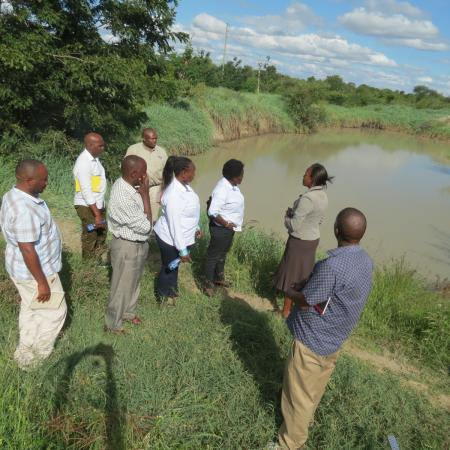
Member Organizations (MOs) have been able to visit each other to learn various methdos of agrobodiversity and ecosytem services. In 2017, PELUM Kenya took MOs for an exchange visit to Christiam Impact Mission(CIM); a member organization in its Lower Eastern and Coast Zone. The MOs learnt various methods of water harvesting and adaptive methodologies in drylands such as acquaponics, kitchen gardening, bee keeping etc. Christian Impact Mission is an exemplary example of how simple water harvesting technologies have transformed a community in the drylands of Yatta, Machakos. Through such visits, MOs are able to gain skills on various methods that are useful in agrobiodiversity and ecosystem services. During our M&E visits, Mr. Waqo Huga Guyo from MArsabit County; Upper Eastern and Northern Kenya was noted to have replicated lessons learnt from the visit in CIM. This is knowledge and practices that he has passed to his neighbours who are now able to cultivate vegetables and other food crops during dry seasons
Grow Biointensive Kenya is also another exemplary MO in Central Kenya which has enbaled MOs to learn methodolidges of urban agriculture. The centre has been visited by MOs and other organizations such as FACHIG Trust, Zimbabwe from other countries to learn how grow biontensive practices can support urban farming in small land sizes.

